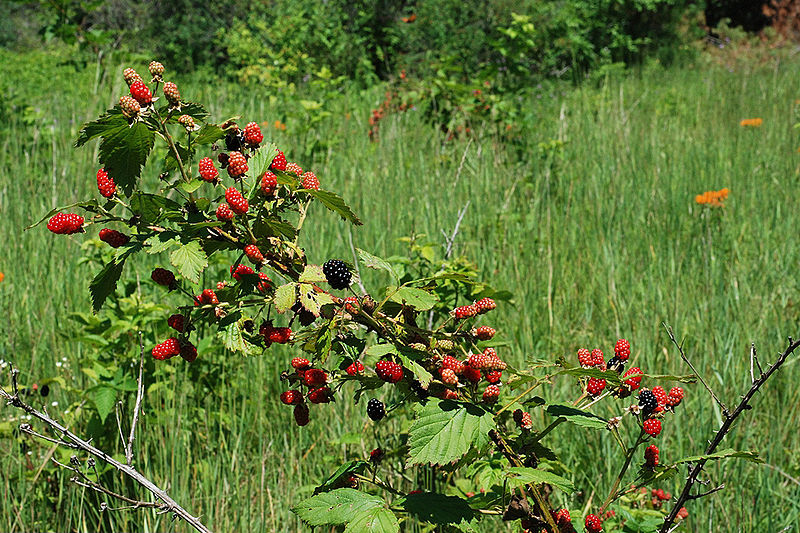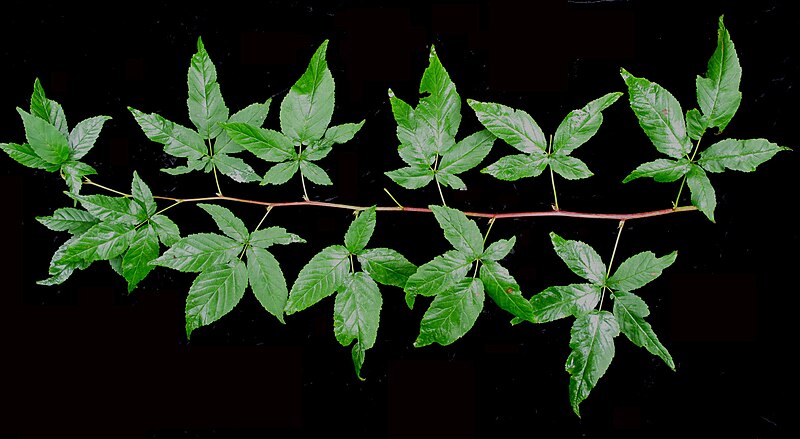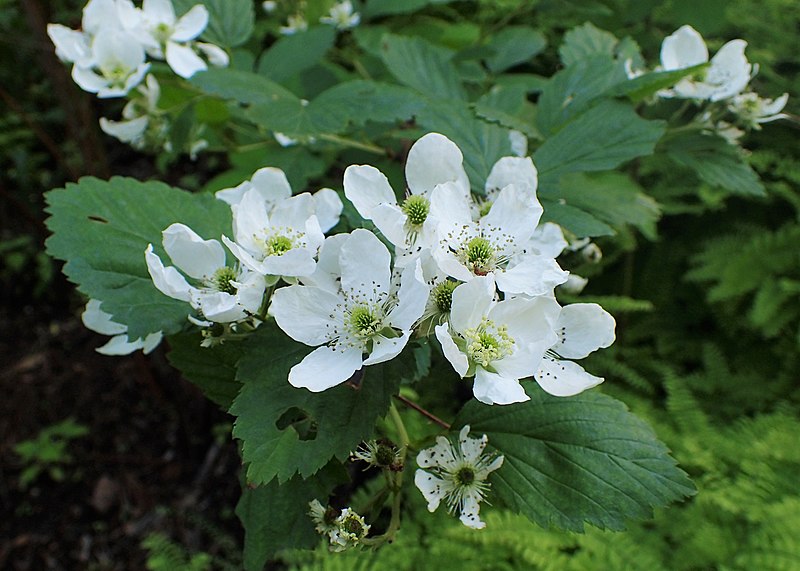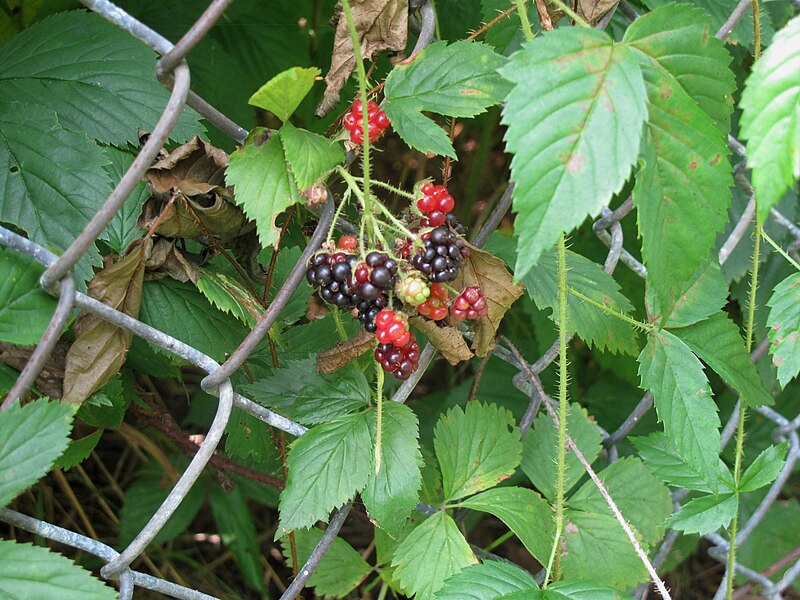Allegheny Blackberry Identification – Rubus allegheniensis
Heads up
Allegheny Blackberry, or Rubus allegheniensis as the botanists call it, is a unique wild plant. If you’ve been on a hike or a walk in Eastern Canada or the USA, you might have come across this thorny shrub, and if you’re lucky, sampled its delicious berries.
Besides the name Allegheny Blackberry, this plant also goes by other names like Blackberry or Dewberry. Some might even call it the Common Blackberry. It’s a part of the rose family, Rosaceae, the same family to which our everyday roses belong.
Allegheny Blackberry: Key Parts in Photos




Where to find it
The Allegheny Blackberry can usually be found growing in forests, woodlands, or open spaces on mountaintops. The plant loves the mountains of North Carolina. It’s a perennial plant with a height between 4 to 8 feet.
How to identify Allegheny Blackberry
During spring and early summer, the Allegheny Blackberry shows off white flowers. These flowers are usually less than an inch in size and group together in clusters at the end of stems. Don’t expect them to be scented though. Following the flowers, around July, you’ll spot the thimble-shaped blackberries, which look a bit like raspberries. These fruits, technically called drupes, change color as they ripen. They start green, then turn red, and finally, a ripe and luscious black. They’re quite small, being less than an inch in size, but pack a sweet punch when fully ripe.
Leaves of this plant can either be trifoliate (three leaflets) or palmately compound (like fingers on a hand). If you look closely, the leaf edges are doubly serrate, which means they have a toothed appearance, and the leaves have a rough feel. The leaves have a green top surface and a lighter green underneath. If you’re out and about in autumn, expect to see these leaves turn shades of red or orange.
A unique characteristic of the Allegheny Blackberry stems is their prickles. The stems are red-purple in color and lined with prickles. New growth at the stem tips is green, but as they age, they turn brown. These prickles, stout in nature, can either be straight or have a slight curve.
Want to learn more?

Disclosure: This post includes affiliate links. If you make a purchase through these links, we may earn a commission at no extra cost to you. We appreciate your support, as it helps keep this website running. Alternatively, you can search for the book title on Amazon if you prefer not to use the links. Thank you for your understanding and support!
